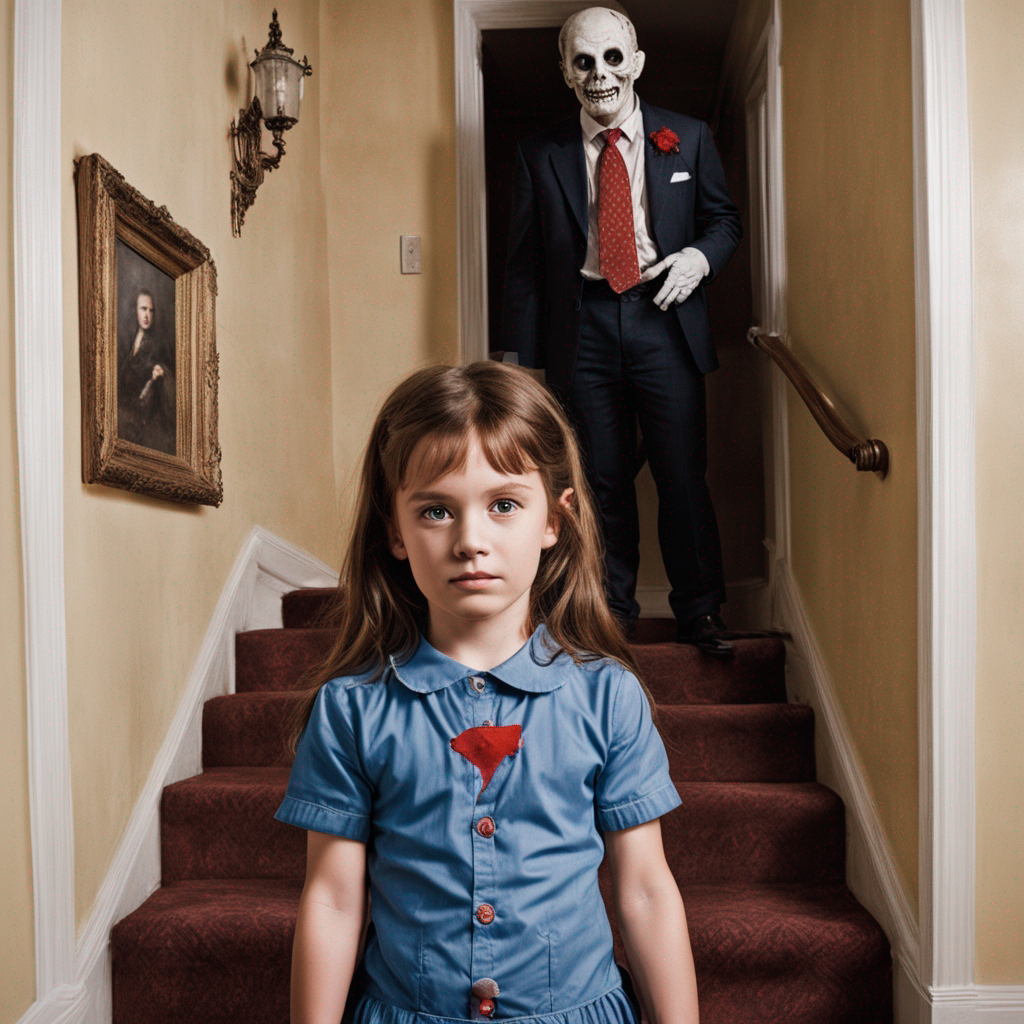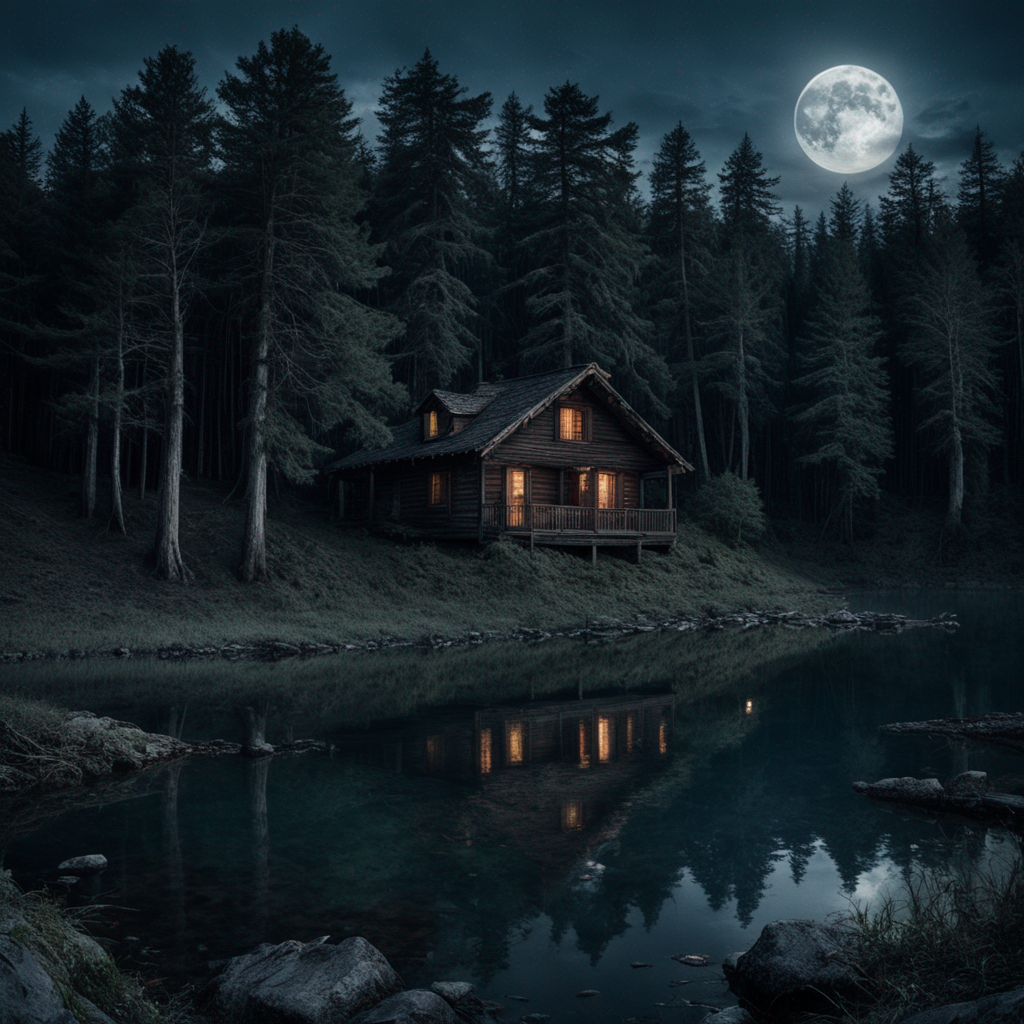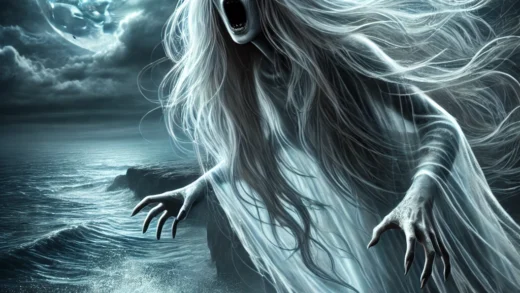The tale of “The Babysitter and the Man Upstairs” is a classic urban legend that has been circulating for decades. It’s often cited as a cautionary tale meant to scare or intrigue its audience. Here’s a breakdown of the story, its origins, and variations:

The Story:
The narrative typically revolves around a babysitter who is looking after children for the evening. She starts receiving ominous phone calls from an unknown caller who instructs her to check on the children or asks her unsettling questions. Eventually, it’s revealed that the calls are coming from inside the house, and the caller is a menacing figure, sometimes described as a murderer, who is upstairs with the children.
Origins and Variations:
The legend dates back to at least the 1960s and possibly earlier. Over the years, it has seen numerous variations, sometimes reflecting contemporary fears or technology. The story has become ingrained in popular culture, inspiring films, books, and television episodes.
- Film and Television Adaptations:
- The story has been adapted into various movies and TV shows, such as “When a Stranger Calls” (1979 and 2006) and “Black Christmas” (1974 and 2006).
- Variations in Details:
- The details and outcomes may vary, including the fate of the babysitter and the children, the identity and motivation of the caller, and the setting.
- Reflection of Societal Fears:
- The tale often reflects societal anxieties about the safety of children and the potential dangers lurking within seemingly safe domestic spaces.
Impact:
The legend has had a lasting impact, contributing to the broader genre of urban legends and folkloric tales that explore fear and danger in everyday settings. It’s a tale that continues to evolve and resonate, demonstrating the enduring allure and societal function of urban legends.
This legend, like others, serves to encapsulate and explore communal fears, often offering a cautionary message about vigilance and safety in a world perceived as increasingly threatening.







